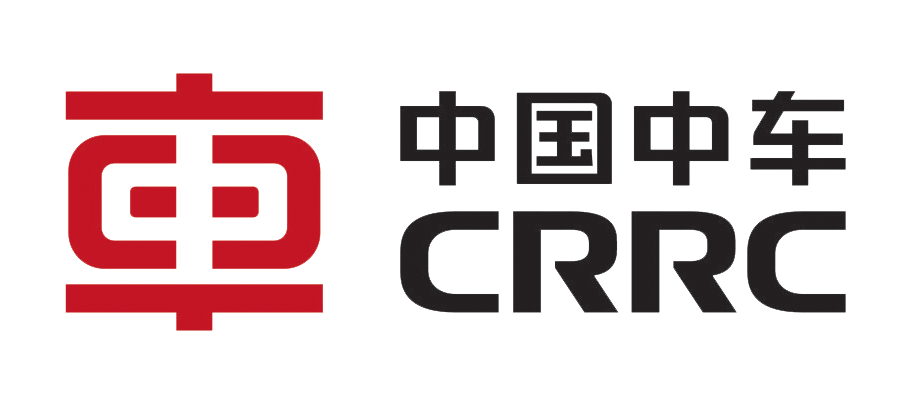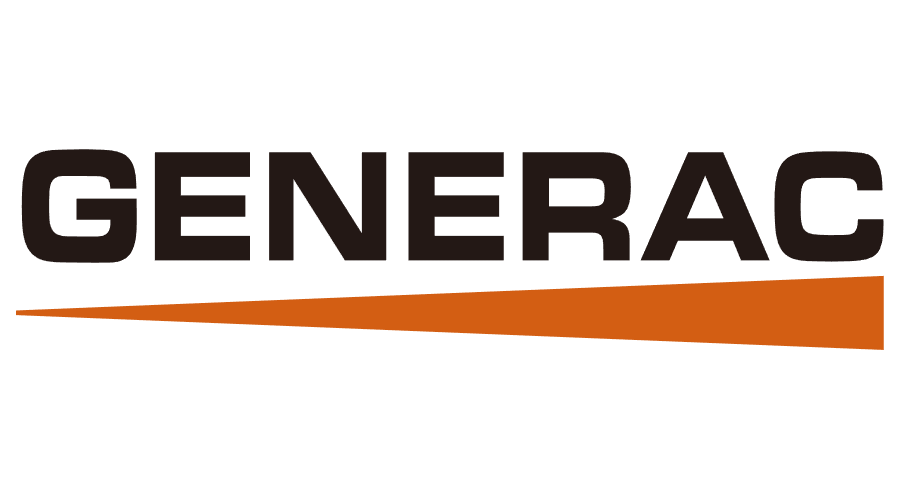RESEARCH
Technology Areas
POWER CONVERSION TOPOLOGIES & ARCHITECTURES

Power processing systems have fundamentally transformed in recent years, from centralized power to distributed power.
For example, new-generation microprocessors operate at less than 1 V, higher than 100 A, and run at multi-GHz clock rates for maximum speed-power performance. These operating parameters create very fast dynamic loads that demand high current slew rates during transients and have forced a move from the traditional, centralized power supply architecture to a distributed power system (DPS). A dedicated point-of-load converter is placed in each output unit close to the high-speed processor, while the front-end power processing that interfaces with utility lines is performed at a system level.
This kind of DPS approach has not only enhanced system performance and improved the design and manufacturing process, but also has opened the opportunity to develop a standardized modular approach to power processing.
CPES has been at the forefront of this research, and has developed a number of innovative power conversion technologies based on the modular building block concept. CPES research in this area includes power system architecture, system interface stability and requirements, electromagnetic interference / electromagnetic compatibility at the system level, lter design, single-phase power factor correction circuits, three-phase power factor correction circuits, high-frequency dc-dc PWM converters, as well as resonant converters, and integrated single- phase and three-phase PFC/dc-dc converters.
Related CPES Research Volumes
- High-Frequency Resonant, Quasi-Resonant, and Multi-Resonant Converters (Volume I)
- High-Frequency Resonant and Soft-Switching PWM Converters (Volume IV)
- Switching Rectifiers for Power Factor Correction (Volume V)
- Advanced Power Conversion Techniques (Volume VII)
- Converters and Distributed Power Systems (Volume VIII)
- Low Voltage Power Conversion and Distributed Power Systems (Volume IX)
- Integrated Power Electronics Module - a Building Block Concept for System Integration (Volume X)
- Advanced Soft-Switching Techniques, Device and Circuit Applications (Volume XI)
- Distributed Power Systems Front-End Converters: Power Factor Correction and Isolated Converters (Volume XIV)
- Distributed Power Systems: Point-of-Load Converters (Volume XV)





























































































